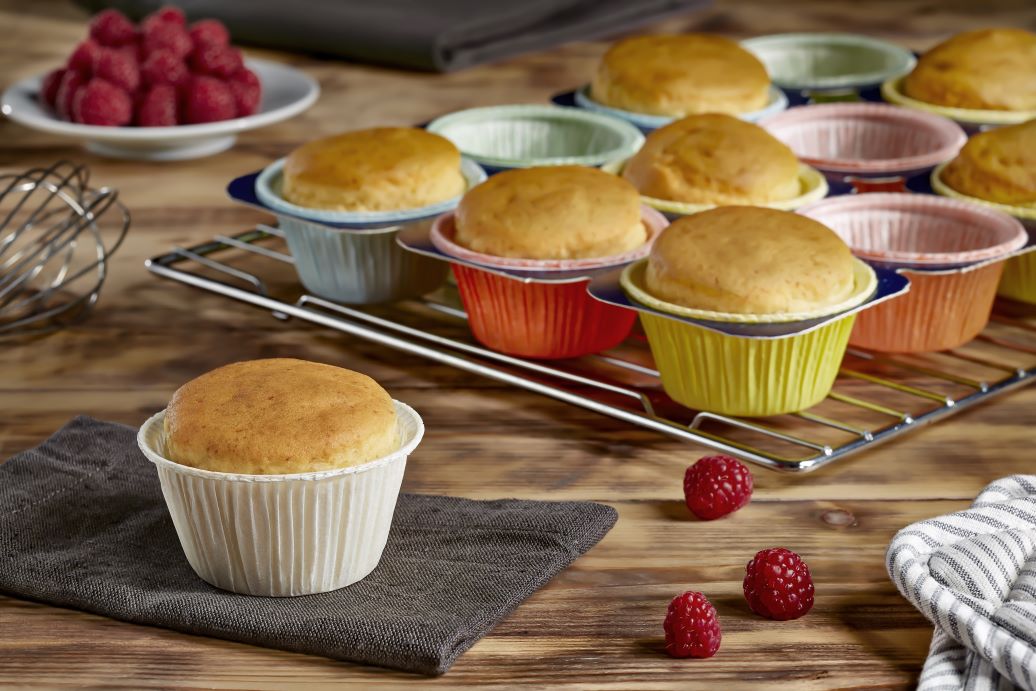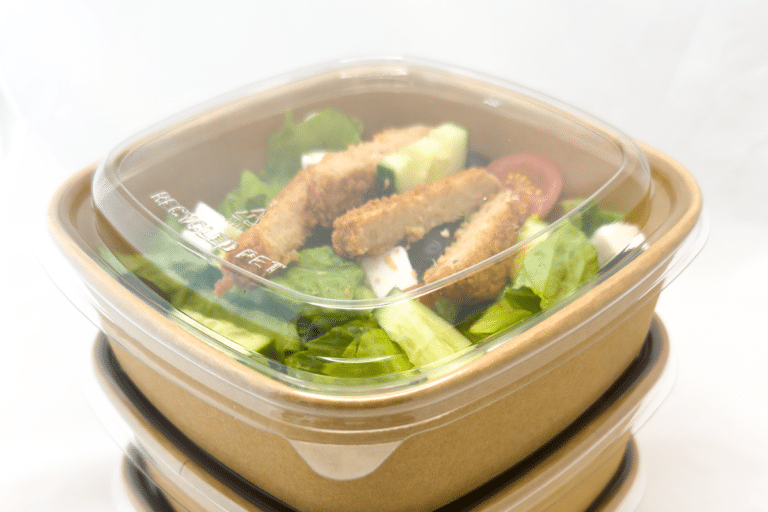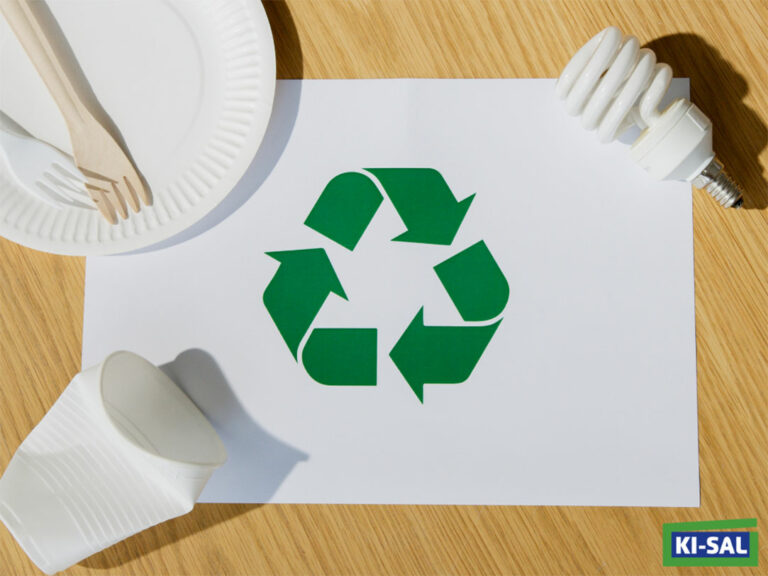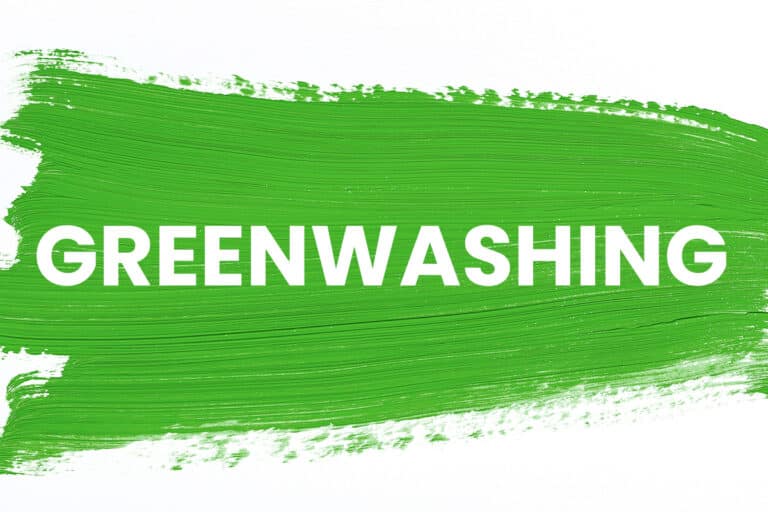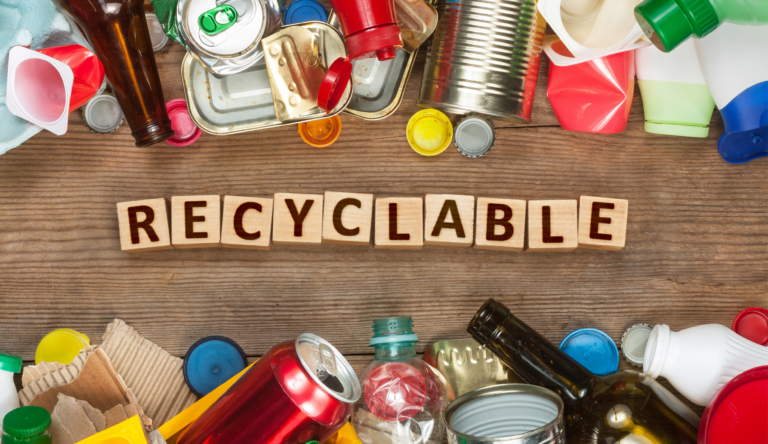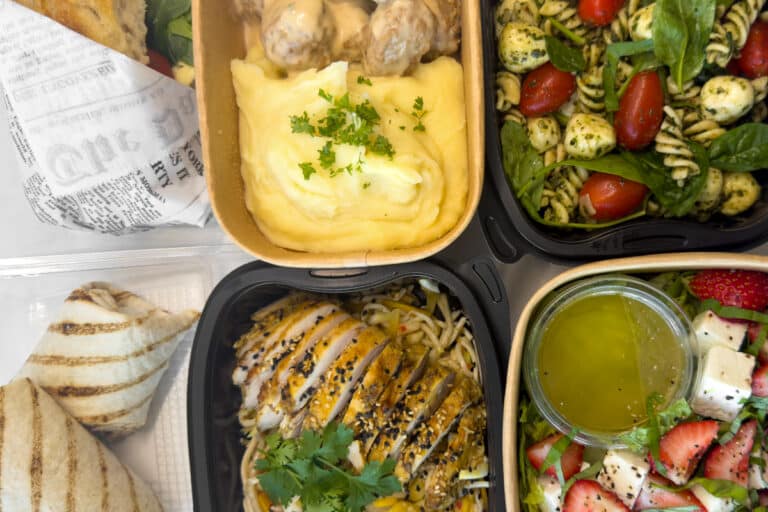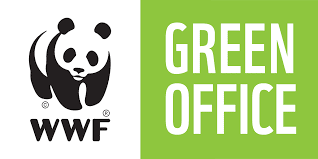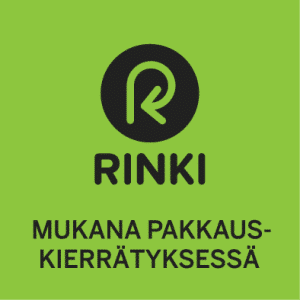Packaging materials: Cardboard
Cardboard is a versatile packaging material that has been used in food packaging for a long time. You come across cardboard packaging in the store, for example, in milk and juice cans and other dry products. Cardboard packaging has also grown in popularity in other food packaging where different packaging materials have been used in the past. Behind the popularity of cardboard is the desire to move away from materials produced from non-renewable materials.
Cardboard manufacturing
Paper and cardboard are produced in basically the same way. They differ only in terms of features. The characteristics of the paper are flat and thin and it cannot withstand moisture at all. Paper is single-layered, while it is typical for cardboard to use several fiber layers. With the help of several fiber layers, the strength properties set for the cardboard are achieved. Cardboard can be made from fresh or recycled fiber.
Water is one of the critical quality factors in the production of paper and cardboard. Water is used for many different steps during the manufacturing process. Large paper machines can consume a large amount of water in just one minute. Water is a particularly important factor in the production of food packaging, as it is directly connected to the product being manufactured. The quality values of the water used in production must be constantly monitored. Contaminated water makes the food packaging made from cardboard unusable.
Use of cardboard in food packaging
Most cardboard food packaging needs a protective layer. The purpose for the layer is to prevent the fat and/or moisture that comes with the food from being absorbed into the cardboard. The most typical protective layers are coatings made of plastic or aluminum. The coating made of plastic is typically polyethylene. It provides moisture protection and partially also improves grease resistance. Another option is a layer made of polypropylene, which increases heat resistance. Windows are also typically added to cardboard packages so that you can see the packaged food before making a purchase decision. Windows in cardboard packages can be made of plastic, for example.
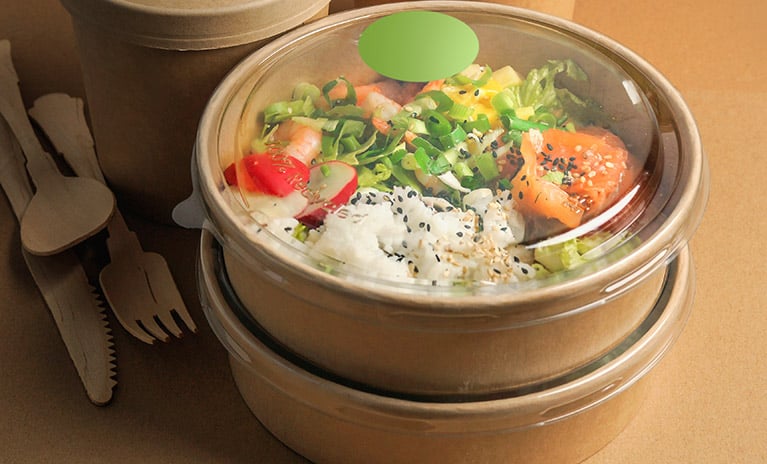
Not only is a coating added to cardboard packages to protect against the absorption of moisture and fat, but the coating is also important in terms of food safety. Recycled fiber obtained through recycling must not be put in direct contact with food. Because of this, a coating must be placed between the recycled fiber and the food. Recycled fiber can contain various impurities that can transfer to the food. Food packaging must always be safe and safety cannot be compromised. With cardboard packaging, it is necessary to ensure that they have the right protective properties for the packaged food. There are always stricter requirements for moist and fatty foods.
Recycling
After collection, the cardboard fibers are separated from each other and from possible coatings. Coatings can be used as heat and energy by burning, or some of them can be recycled as raw material for new products. Cardboard fiber obtained from recycling can be used to make raw materials for corrugated cardboard, envelopes, laminate papers and cores for paper rolls. Part of the recycled cardboard fiber is also used in the production of new cardboard packaging.
Recycling instructions
Recycling symbol PAP 21 (cardboard) or PAP 22 (paper).
For cardboard recycling, you can put clean cardboard and paper packaging, corrugated cardboard, egg cells, bags made of paper, as well as sleeves from paper rolls. Cardboard packaging with an aluminum or plastic coating also belongs to cardboard recycling.
Clean and flatten the cartons before putting them in the collection container. If the packaging is very dirty and requires warm water to clean it, it should be put in mixed waste. Gift wrap and wet packaging are also more likely to be mixed waste.
